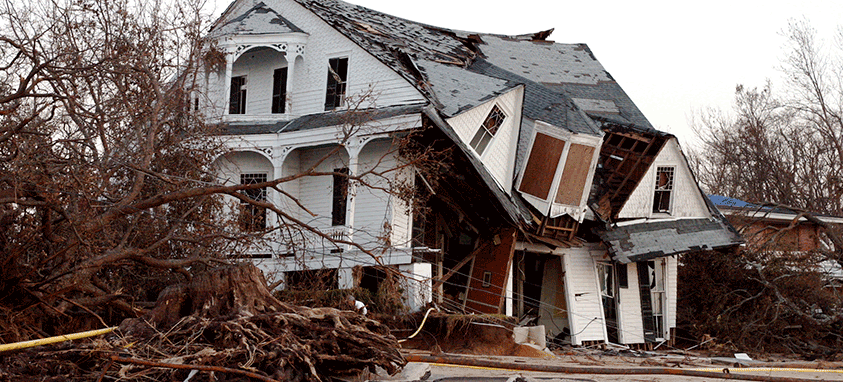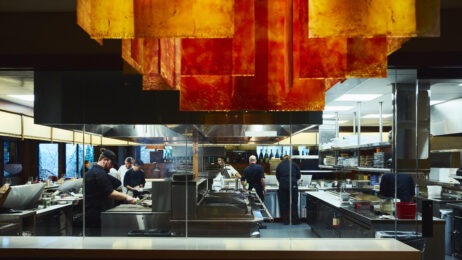As Houston residents seek refuge from Tropical Hurricane Harvey, assistance from the city’s most popular meetings venue, George R. Brown Convention Center, is playing a major role.
Thousands of people have been taken to the center after being plucked from rooftops by rescuers and scooped up by volunteers in boats. The Red Cross initially set up 5,000 cots for evacuees in the 1.9 million-square-foot center. But as of Tuesday morning, 9,021 evacuees had checked into the downtown center, with nearly half of them sleeping on the tile floor.
The conditions are imperfect, and many of the evacuees are struggling to come to terms with losing all of their belongings to Harvey’s relentless rains. But the convention center is a safe refuge, and has electricity, warm water, an emergency area and a large food station serving warm meals.
Crowd control has been going smoothly and meals are being served on a regular basis, said Tom McCasland, director of the city’s Housing and Community Development Department. The Red Cross expects to have enough food to feed 20,000 people, and pets are welcome.
“Our doors remain open,” McCasland said, adding that as evacuees continue to come in, another shelter will soon open.
Convention centers in neighboring communities are pitching in to help, as well. Greater Columbus Convention Center in Ohio is working with its general services contractor, Fern, to gather everything from baby formula and diapers to socks, towels and toothpaste for delivery to George R. Brown Convention Center.
Lessons Learned from Katrina
A lot has changed since these facilities were pressed into use 12 years ago during the Hurricane Katrina tragedy in New Orleans. George R. Brown Convention Center helped approximately 7,000 evacuees in 2005, once NRG Astrodome was filled to full capacity, but it was not the primary refuge.
During and in the aftermath of Hurricane Katrina, thousands of evacuees were directed to Ernest N. Morial Convention Center in New Orleans. They expected that they would receive assistance and safe shelter, but no resources were available for several days. They were without power, water, food, medical supplies and proper sanitation. Only minimal and occasional law enforcement presence was on site, resulting in crimes and gang violence. Several people died at the center, largely due to violence, dehydration and lack of medication.
“Being prepared for the event—proper staging, proper staffing and making folks have a structured process—that’s really the most important part,” Reno Wilkins, a Houston official told The New York Times on Monday.
Wilkins, who previously worked in emergency management in New Jersey, said a sense of safety was essential to maintain order in a stressful. In Houston, the Red Cross is overseeing operations as volunteers roam the main corridor, passing a lost and found area, television cameras and a medical station stocked with oxygen tanks. Dozens of Houston police officers walked the floor.
“We’ve learned from some of the other major disasters like Katrina, you know, these are the things that we need to make sure we have in place to protect people,” Wilkins said.




